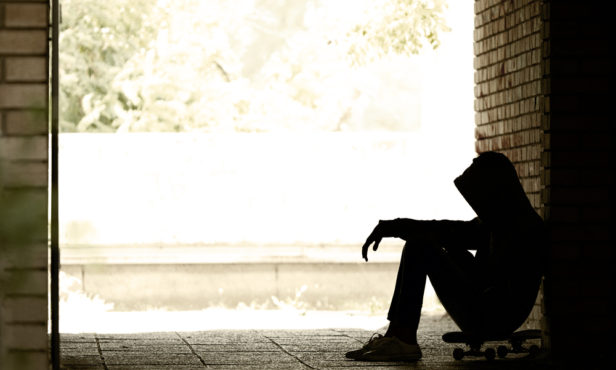The report, commissioned by Simon Community in partnership with Ulster University, and supported by Nationwide Building Society, stated that the "the impact of the pandemic and the increasing cost of living will push many vulnerable people into poverty and housing crisis"

More than 110,000 people in Northern Ireland can be considered “hidden homeless” and more are at risk of becoming part of this community, findings of a new report have revealed.
The report, commissioned by Simon Community in partnership with Ulster University, and supported by Nationwide Building Society, stated that the “the impact of the pandemic and the increasing cost of living will push many vulnerable people into poverty and housing crisis.”
“Following the impact of the pandemic and with the cost of living and inflation having accelerated to the highest rates in 30 years, this is likely to have a serious impact on many local people who may well be forced from their homes and have to rely on friends or family to provide them with a bed,” Simon Community said in a statement.
The charity organisation also said that many people who become homeless often do not show up in official statistics. These are the so-called “hidden homeless” – people sleeping in their cars, in squats, on the floors or sofas of family and friends, in unsafe accommodation or in homelessness projects.
The report further identified who is vulnerable to hidden homelessness and why, and examined the barriers and challenges that are faced with regard to seeking and receiving support, the impact of a lack of long-term funding for the sector and the housing supply crisis.
Based on the latest available statistics for 2019–20, the most common reasons cited for households presenting as homeless to the Housing Executive are: accommodation not reasonable (4,239 households); property-sharing breakdown or family dispute (3,650), and loss of rented accommodation (2,327).
Meanwhile, 34% those presenting as homeless were single males, 75% of whom were aged 26-59; 30% were families, and 18% were single females.
Some groups in society are more vulnerable to becoming part of the hidden homeless population including young people, single people aged over 55, domestic abuse survivors, members of the LGBTQ community and ex-prisoners.
“There is no doubt that we are currently facing a homelessness crisis. The current barriers within the statutory housing system in Northern Ireland mean that some of the most vulnerable people in society cannot access adequate support to secure accommodation.
“The effects of homelessness can be devastating, and we know that people who face hidden homelessness for longer periods are much more likely to experience a deterioration in mental and physical health,” Jim Dennison, chief executive at Simon Community, said.
According to Dennison, the lack of social housing and record-high rent costs in the private rental sector are contributing significantly to homelessness.
“Improved housing supply will play a key role in breaking this cycle. There needs to be increased investment in social housing and delivery of more affordable housing for all including the private rental sector,” he said.
Ann Marie Gray, professor of social policy at Ulster University, told The Belfast Telegraph that it has become clear that there is not enough support for the hidden homeless.
“To support those most in need, more could be done to publicise hidden homelessness and to effectively communicate the existing support that is available and how people can access it. However, it is also clear that existing support is insufficient and there are indications that this is a growing problem,” Gray said.



